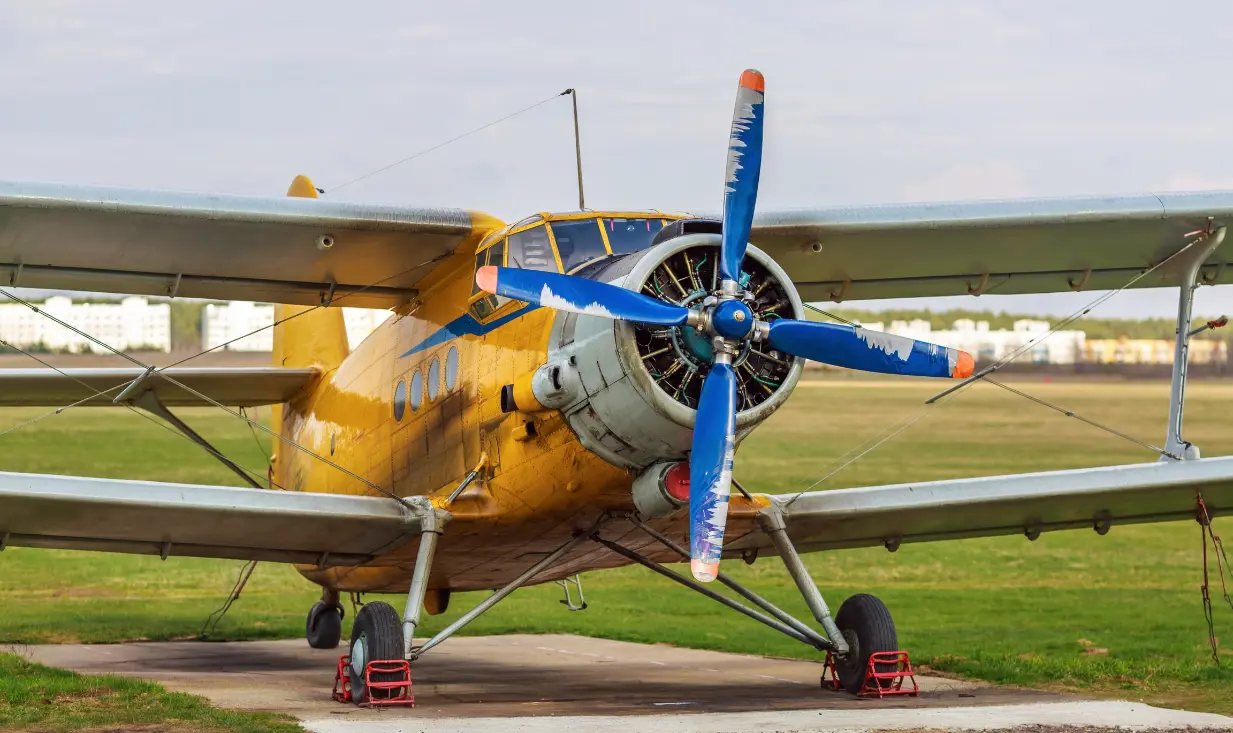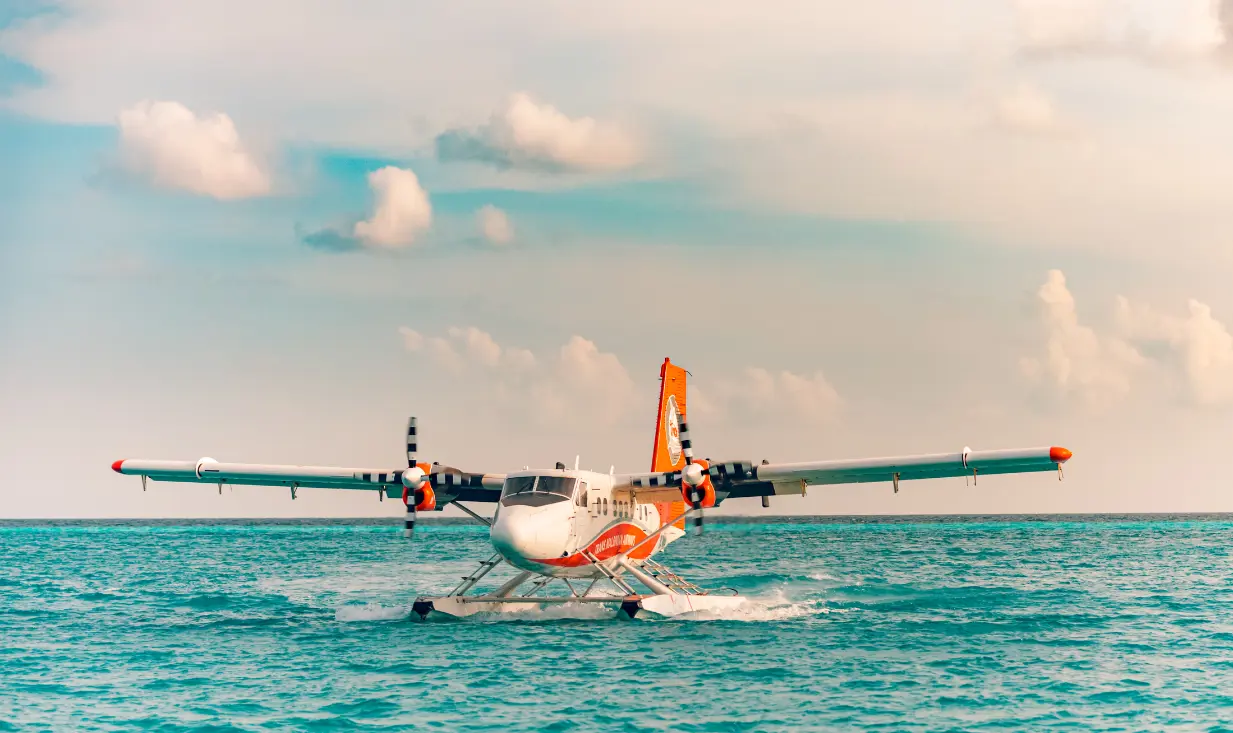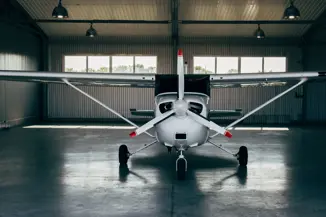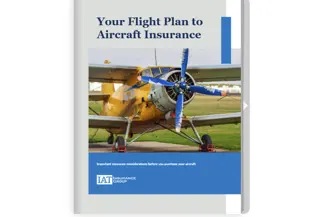Why Aviation Insurance Matters
Flying should bring freedom—not unforeseen risk. Whether you're piloting an experimental aircraft, rotorcraft, or seaplane, aviation comes with unique exposures. At IAT Insurance Group, we work closely with agents and aircraft owners alike to provide the specialized coverage and dedicated support needed to protect every flight.
Even though there are no federal or state regulations requiring aircraft insurance, nearly all lenders, fixed base operators (FBOs), and airports do. Insurance is essential not just to protect aircraft but to ensure financial stability for pilots and lienholders.






